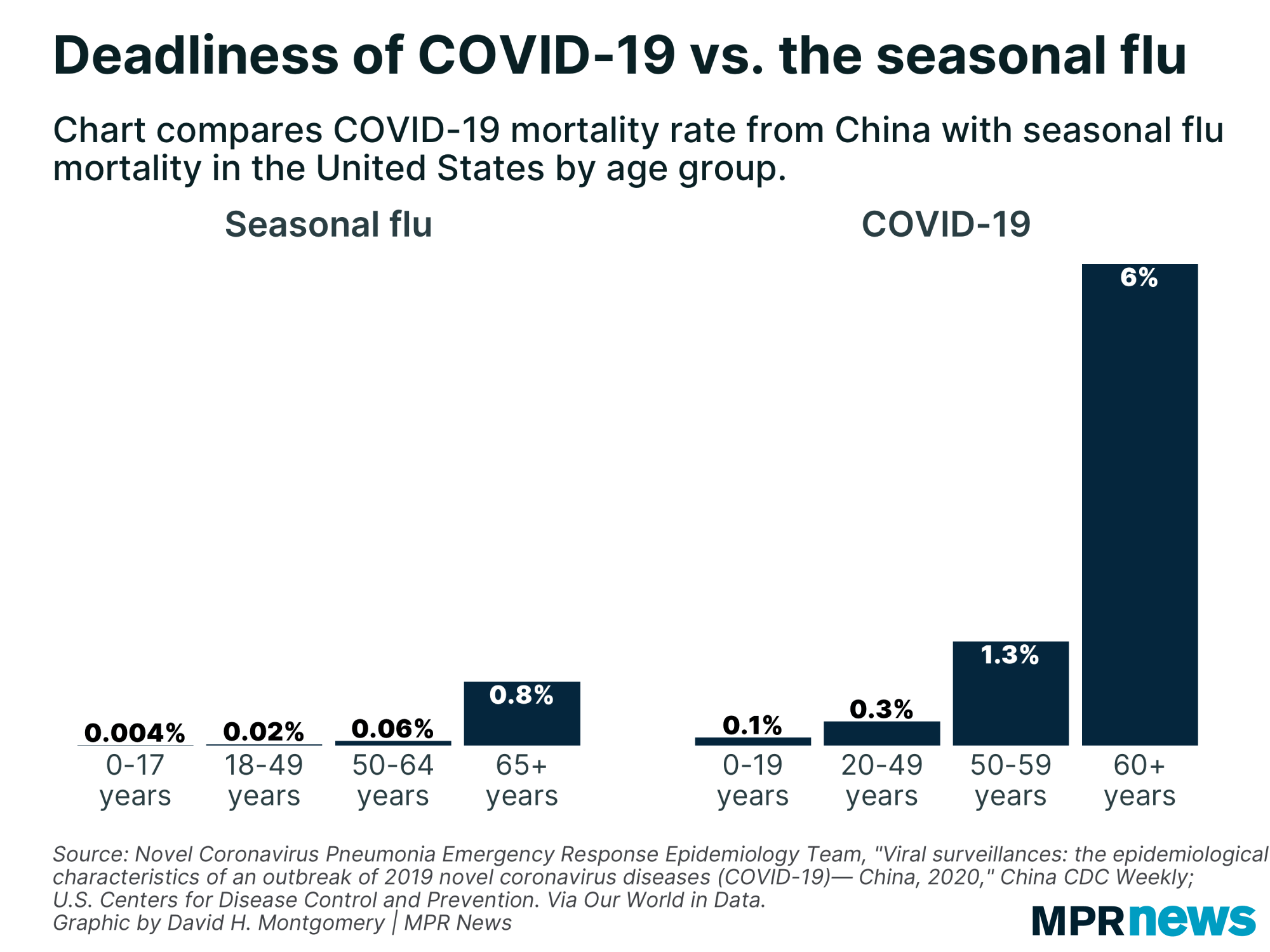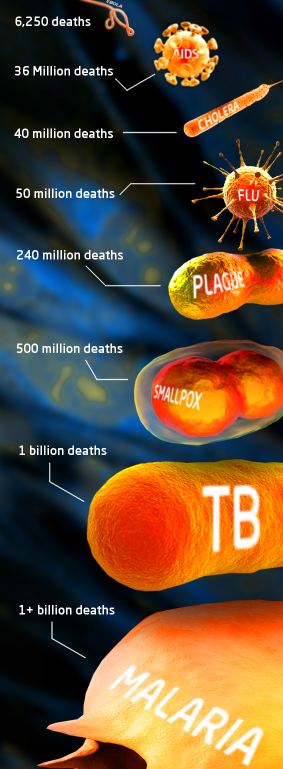
I was supposed to travel internationally today, March 15, but I am glad that I didn’t. I was actually going to stop at Dallas Forth Worth Airport (see the picture above).
The chaos seems to be spreading around the world. Hysteria surrounding the coronavirus at times is out of control, like people fighting over toilet paper, and some of the solutions to the challenge may not be very effective, but actually create more problems.
For example, today there are many reports of chaos at U.S. Airports. Passengers on U.S. flights from Europe are waiting hours to go through enhanced health screening.
The bottlenecks created at those airports to provide coronavirus screening, that force passengers to wait for hours in packed terminals, are the exact opposite of the recommended guidance for stopping the spread of infection.
A recent article from Reuters.com describes the chaotic situation:
France and Spain joined Italy in imposing lockdowns on tens of millions of people, Australia ordered self-isolation of arriving foreigners and other countries extended entry bans as the world sought to contain the spreading coronavirus.
Panic buying in Australia, the United States and Britain saw leaders appeal for calm over the virus that has infected over 156,000 people globally and killed more than 5,800.
Several countries imposed bans on mass gathering, shuttered sporting, cultural and religious events, while medical experts urged people to practice “social distancing” to curb the spread.
Austria’s chancellor urged people to self-isolate and announced bans on gatherings of more than five people and further limits on who can enter the country.
and the list could go on and on.
But how dangerous really is the Coronavirus? Nobody knows for sure yet. While COVID-19 should not be taken lightly, how much is too much?
At this moment, according to the Arcgis website, there have been mora than 156,000 cases and almost 6,000 deaths. We know that the majority of deaths have been among people in the 70s, 80s and 90s.

No deaths occurred in those 9 and younger, but cases in those aged 70 to 79 carried an 8% fatality rate, and those aged 80 years and older had a fatality rate of 14.8%.
Many parallels have been drawn with other diseases and some of these comparisons promote the idea that COVID-19 is extremely dangerous, while others seem to suggest that we shouldn’t worry so much, or at least that we shouldn’t be shutting down so many normal activities, and eventually end up creating more problems than the disease itself.
COVID-19 and the Flu
When compared to COVID-19, the seasonal flu, has a much lower fatality rate. The CDC reports the typical mortality rate from influenza is .1 %. However, is more dangerous for very young people.

COVID-19 and other major viruses
When compared to Ebola, SARS, MERS and others very dangerous viruses, the fatality rate off COVID-19 is much lower, but the number of cases is already a lot higher and it is spreading in many more countries.

COVID-19 and the Spanish Flu
COVID-19 is often compared to the Spanish flu that killed 50 million people around the world.
According to an interesting article on Wired.com,
Coverage of the novel coronavirus pandemic teems with monstrous and sometimes contradictory statistics.
…news coverage and social media discourse has obsessed over case fatality rate (CFR) and how they compare across pandemics throughout history. A popular refrain is that the new coronavirus has a frighteningly high fatality rate of at least 2 percent, which is supposedly comparable to that of the 1918 influenza pandemic, also known as the Spanish flu—one of the deadliest viral outbreaks in history. The truth is that this comparison is severely flawed and that the numbers it relies on are almost certainly wrong.
Both newspapers and scientific journals frequently state three facts about the Spanish flu: It infected 500 million people (nearly one-third of the world population at the time); it killed between 50 and 100 million people; and it had a case fatality rate of 2.5 percent. This is not mathematically possible. Once a pandemic is over and all the numbers are tallied, its case fatality rate is simply the total number of deaths divided by the total number of recorded cases… If the Spanish flu infected 500 million and killed 50 to 100 million, the global CFR was 10 to 20 percent. If the fatality rate was in fact 2.5 percent, and if 500 million were infected, then the death toll was 12.5 million. There were 1.8 billion people in 1918. To make 50 million deaths compatible with a 2.5 percent CFR would require at least two billion infections—more than the number of people that existed at the time.
There are many additional reasons not to make blithe comparisons between the current crisis and the 1918 pandemic: stark differences in health care infrastructure and medical technology; the ravages of the first world war; the unusual tendency of the Spanish flu to kill young adults; and the fact that many, if not most, people infected with influenza in 1918 died from secondary bacterial infections (as mass-produced antibiotics did not yet exist). (In short) … We can’t use half-contrived statistics about a century-old pandemic to predict what will happen today.
COVID-19 and the biggest killer diseases in history
Follow estimated data about the biggest killer diseases in history.
AIDS – 36 million
According to data compiled by UNAIDS, approximately 30 million people have died due to AIDS-related illnesses since 2001 (an average of over 2.3 million people a year), with the total deaths since its discovery pegged at around 36 million people.
It’s estimated that 35.3 million people are currently living with the disease, mostly in Africa.
Cholera – 40 million
Cholera pandemics have struck since the 1800s, and to this day continues to affect millions of people, resulting in tens of thousands of deaths each year.
Big cholera pandemics in regions such as China, Russia and India have lead to the deaths of almost 40 million people.
Influenza – 50 million or more
Before and since the 1918 Spanish flu crisis, there have been a number of flu outbreaks, including viral strains from animals such as birds and pigs, which have also claimed millions of lives.
Record of various global flu outbreaks between as early as 1760 and up to 2009 put additional deaths due to more than 50 million people.
Plague – 240 million
Often cited as one of the deadliest epidemics in the world, the black plague is said to have killed almost half of the population in Europe between 1346 and 1350 – with the highest death figure reported at 200 million people.
The epidemic was a type of plague caused by the Yersinia pestis organism, which is the same organism responsible for the bubonic plague and various other plague forms, like the Plague of Justinian (541-542AC), which reportedly claimed as many as 25 million lives, and later outbreaks of the bubonic plague in 1850s, which killed over 12 million people.
Smallpox – 500 million
Smallpox had been prevalent since as early as the 16th century, and according to academics, is said to have caused the deaths of as many as 500 million people in the 20th century, alone.
Historically, smallpox had a fatality rate of 30%, though its most severe forms were almost always fatal. Thanks to global vaccination drives, smallpox has been successfully eradicated.

Tuberculosis – 1 billion
The world’s current deadliest infectious disease is something far more common, yet far less talked about: tuberculosis.
Tuberculosis, or TB, kills 1.6 million people every year — or 4,000 people a day. In fact, TB claims more lives annually than than malaria and HIV combined.
The WHO estimates that approximately one-third of the world’s population is infected, with less than half of all TB cases ever diagnosed.
Research suggests that as many as 1 billion people have lost their lives to TB over the past two centuries – and projections by the WHO to 2020 have a best- and worst-case scenario pointing to 60 million – 90 million deaths, respectively.
Malaria – billions?
In 2018, an estimated 405,000 people died of malaria—most were young children in sub-Saharan Africa.
In 1999, the WHO reported that malaria could have claimed the lives of close to 200 million people in the 19th century alone – and in 1999 they were still attributing as many as 1.2 million deaths a year to the disease.
Considering for how long humankind has been living on this planet, the number of people who died of malaria could be in the billions.
(for more details see Businesstech)
A Timeline of Historical Pandemics
Here is another list of some of the major pandemics that have occurred over time with similar estimates from the article, Visualizing the History of Pandemics. COVID-19 is still a very small pandemic.

President Nelson shares hopeful message as Coronavirus outbreak continues
Russell M. Nelson, president of the Church of Jesus Christ of Latter-day Saints, shared a message of hope on his social media channels on Saturday, March 14, encouraging members to look to the Savior for peace and comfort during the continued COVID-19 outbreak.
“My dear friends, our Heavenly Father and His Son Jesus Christ know us, love us, and are watching over us. Of that we can be certain,” he said.
Speaking on the impact of the COVID-19 virus on thousands of lives, President Nelson said, “We pray for those who are suffering and for those who have lost loved ones.”
“These unique challenges will pass in due time. I remain optimistic for the future. I know the great and marvelous blessings that God has in store for those who love Him and serve Him. I see evidence of His hand in this holy work in so many ways.”
